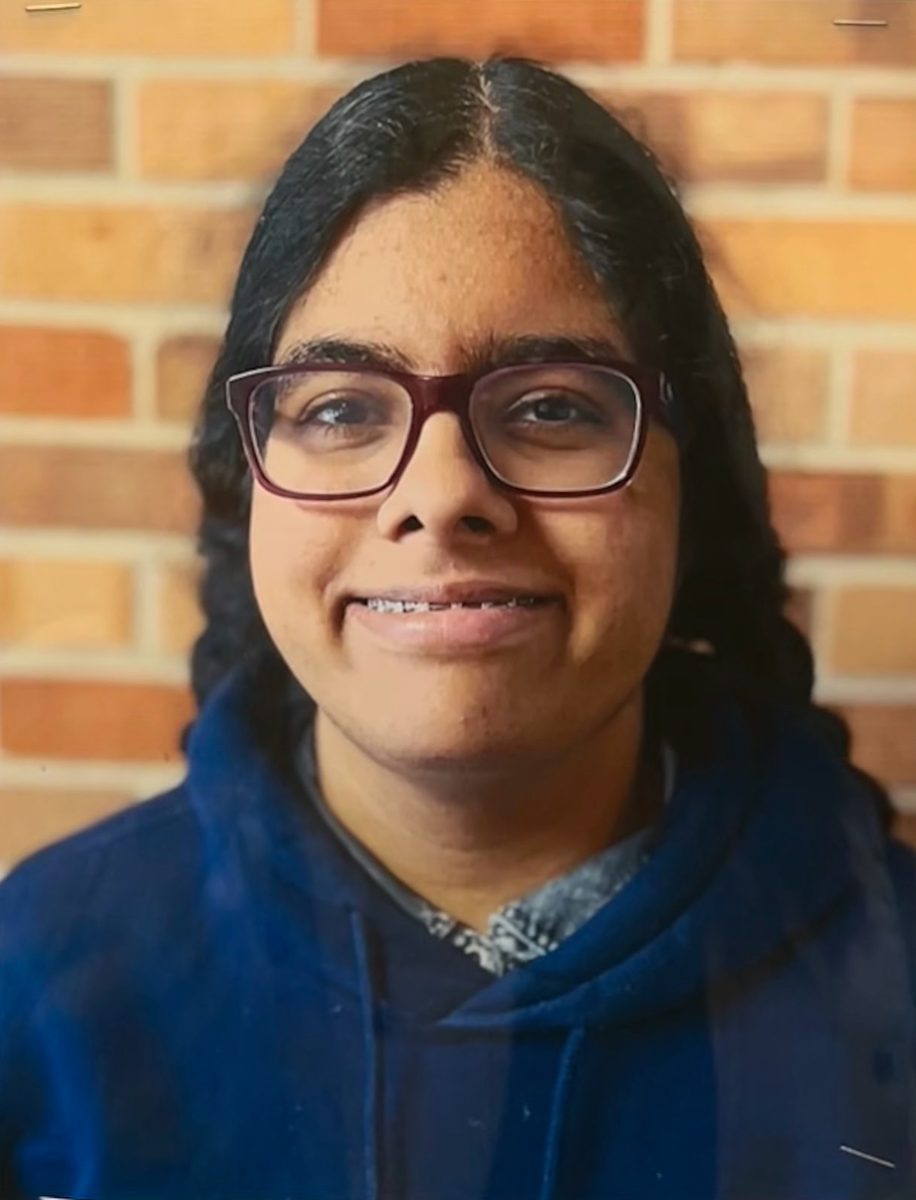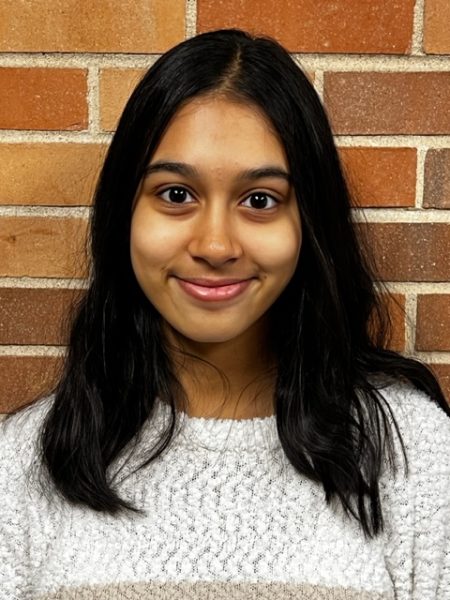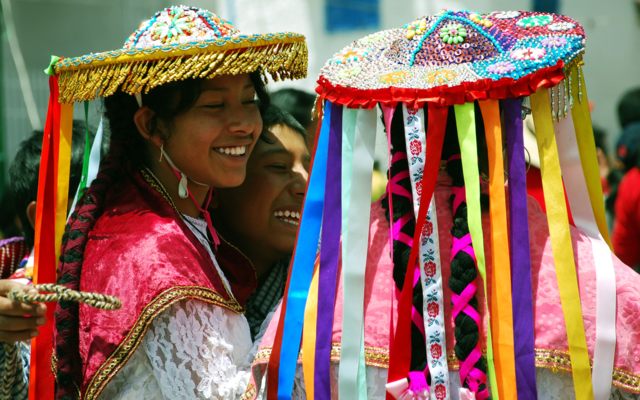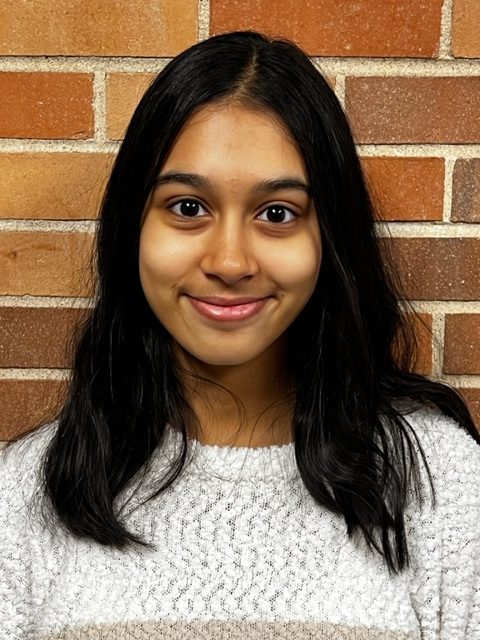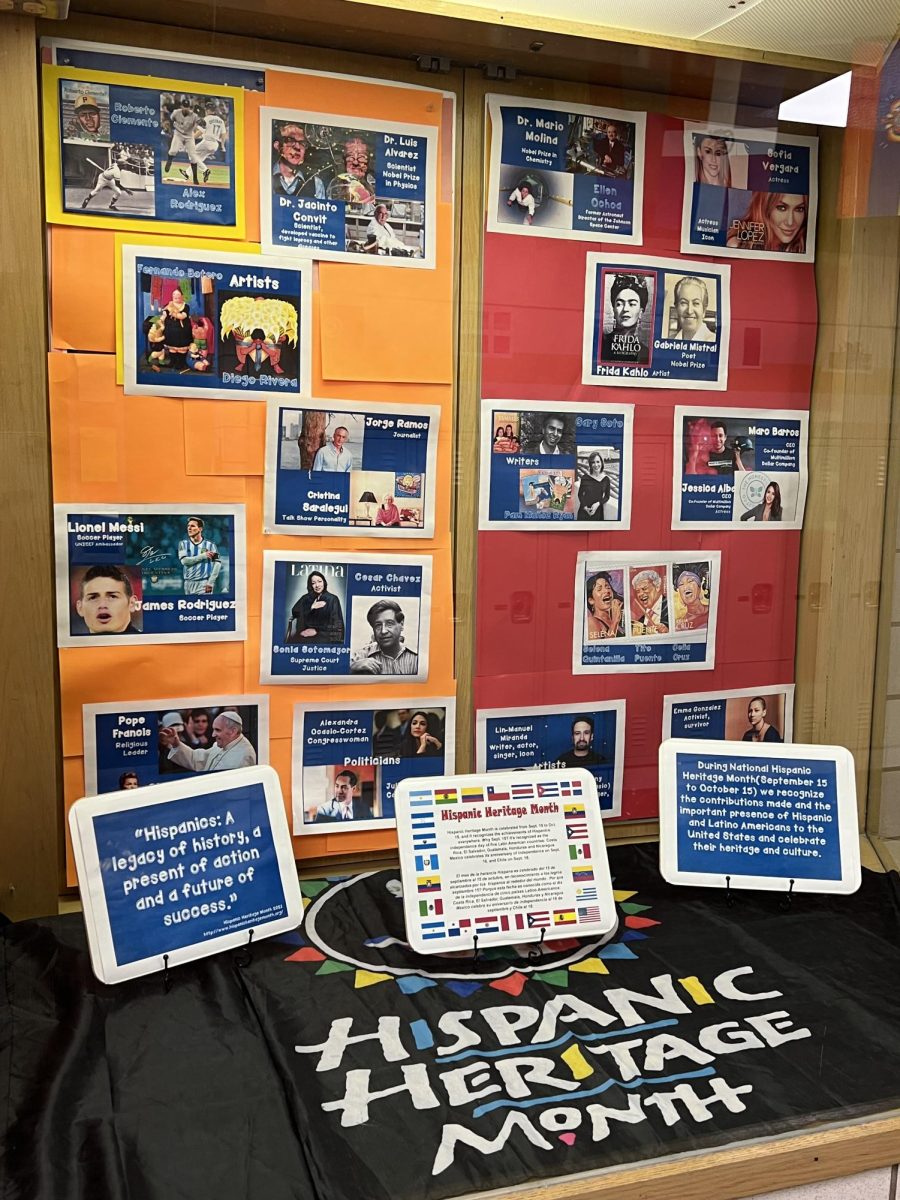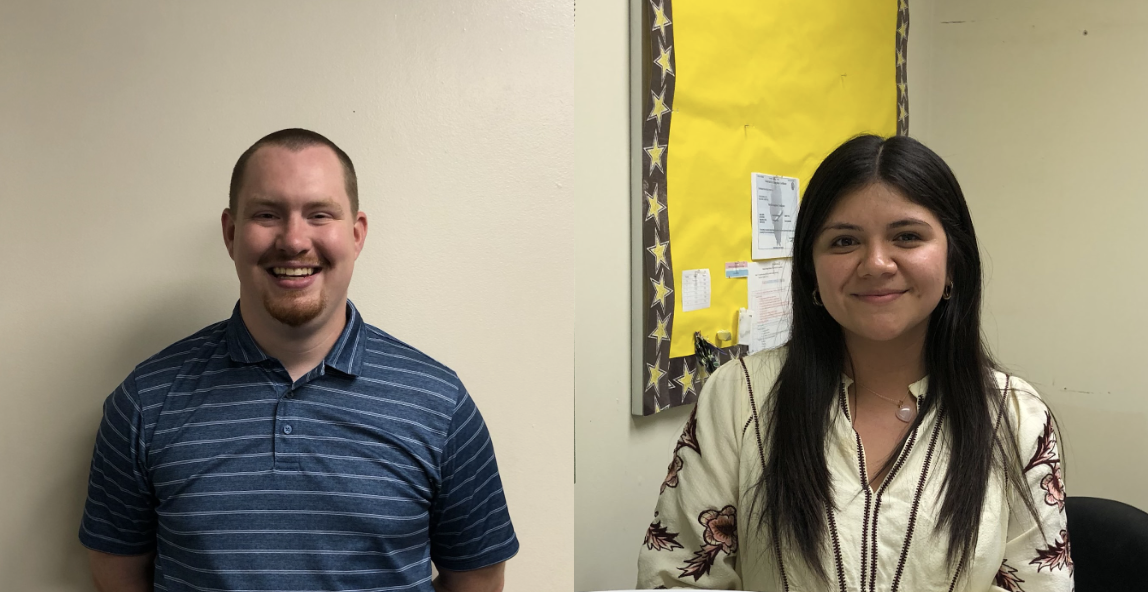In 1492, Christopher Columbus sailed the ocean blue and came upon the Americas. To honor the Italian explorer’s legacy, the United States celebrates Columbus Day on the second Monday of every October.
The holiday began in the late 19th century when President Harrison commemorated the 400th anniversary of Columbus’s landing. Since then, it developed into a day for marginalized Italian immigrants to celebrate their heritage.
But Columbus wasn’t the first to discover the Americas.
Long before his arrival, millions of indigenous peoples occupied the continent. For them, celebrating Columbus Day glorifies the devastation and loss of life upon European contact. As a result, many cities and states have taken to observing the day as Indigenous Peoples’ Day.
Jonathan Nez, president of the native reservation Navajo Nation, believes this is a step in the right direction.
“Transforming Columbus Day to Indigenous Peoples’ Day will encourage young Navajos to have pride in the place and people they come from and the beauty they hold within,” Nez said in a 2021 letter to Congress.
For thousands of years, native tribes led diverse lifestyles with different cultures, traditions, and religions. But that all changed once the Spanish, French, Dutch, Portuguese, and English set foot on American soil. Natives were subjected to the horrors of European imperialism. Colonists enslaved them in systems of coerced labor where they toiled away on plantations and mines. Settlements encroached on indigenous lands, forcing them out of their homes and onto unfamiliar terrain. Intense warfare and massacres took place between Europeans and Native Americans. Epidemics of smallpox and measles spread across the continent with deadly repercussions. During this period, the Americas lost about 90 percent of their native population.
Even in the following centuries, natives continued to be oppressed. As settlers expanded farther west, Native Americans were brutally pushed off their ancestral lands. By 1860, the Bureau of Indian Affairs established boarding schools that stole native children away from their families and tortured them for speaking their own languages. Through this systematic cultural genocide, the government attempted to completely erase native identity.
“For generations, Indigenous communities throughout the Americas have fought to survive colonization, assimilation, disease, and genocide,” Nez stated. “Many of these same atrocities continue today, but the Native peoples of this land continue to be resilient, strong, and prosperous.”
Indigenous Peoples’ Day was first introduced at a 1977 United Nations conference discussing discrimination against natives. South Dakota became the first state to acknowledge it in 1990, and since then, more than a dozen other states have followed its lead. It is not yet a federal holiday, though Congress has introduced a bill proposing to make it one.
President Joe Biden, the first U.S. president to formally recognize Indigenous Peoples’ Day, publicly addressed the event on Oct. 6, 2023.
“On Indigenous Peoples’ Day, we honor the perseverance and courage of Indigenous peoples, show our gratitude for the myriad contributions they have made to our world, and renew our commitment to respect Tribal sovereignty and self-determination,” Biden said.
Today, Native Americans make up 2% of the population of the United States. They have begun the process of restoring what has been taken away from them. Indigenous Peoples’ Day serves as a celebration of these native tribes and a recognition of their rich cultures and ways of life.

